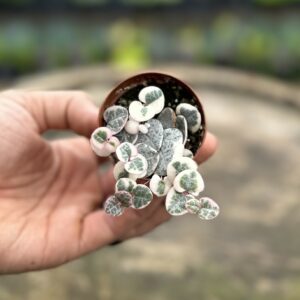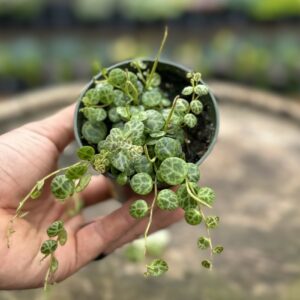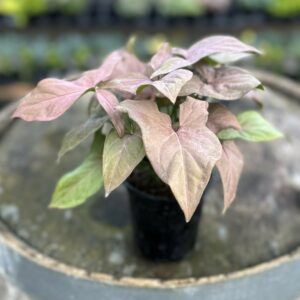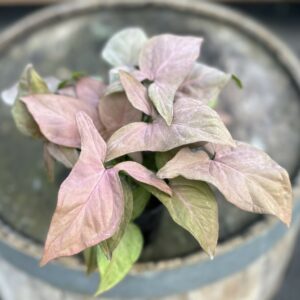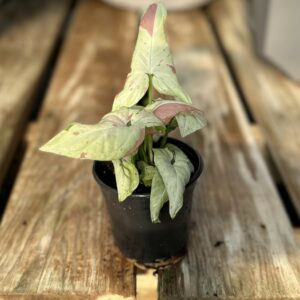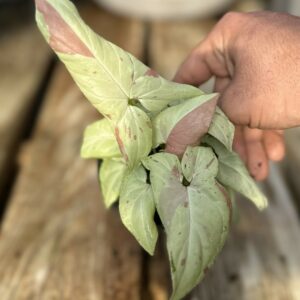Sugar Maple Care
Planting: Choose a well-drained location with full to partial sunlight for your Sugar Maple tree. Ensure that the soil is deep, fertile, and slightly acidic. Plant the tree in a hole that is at least twice the width of the root ball and slightly shallower than the depth of the root ball.
Watering: Keep the soil consistently moist, especially during the tree’s establishment period and dry spells. Water deeply, allowing the water to penetrate the root zone. However, avoid waterlogging or standing water, as Sugar Maples are susceptible to root rot.
Mulching: Apply a layer of organic mulch around the base of the tree, extending out to the drip line. Mulch helps retain soil moisture, regulate soil temperature, and suppress weed growth. Keep the mulch a few inches away from the trunk to prevent rot and disease.
Fertilizing: Sugar Maples generally do not require heavy fertilization. However, you can apply a balanced, slow-release fertilizer in spring to provide essential nutrients. Follow the manufacturer’s instructions for application rates.
Pruning: Prune your Sugar Maple tree during the dormant season (late fall to early spring) to remove dead, damaged, or crossing branches. This promotes airflow and maintains the tree’s shape. Avoid heavy pruning, as Sugar Maples are prone to bleeding sap.
Protection: Protect young Sugar Maple trees from harsh weather conditions, such as strong winds and extreme temperatures. Consider staking young trees to provide additional support until they establish strong root systems.
Pest and Disease Control: Monitor your Sugar Maple tree for common pests like aphids, scale insects, and caterpillars, as well as diseases like tar spot and powdery mildew. Treat infestations promptly with appropriate insecticides or fungicides, and prune affected branches to prevent the spread of diseases.
Winter Care: Sugar Maples are generally hardy, but providing some winter protection, such as wrapping the trunk with burlap or applying a layer of mulch around the base, can help prevent frost damage and minimize stress during cold weather


